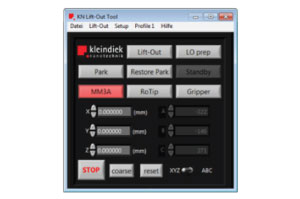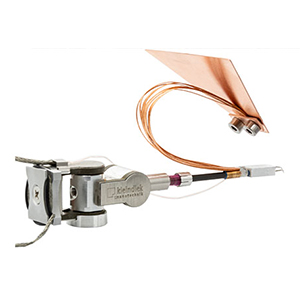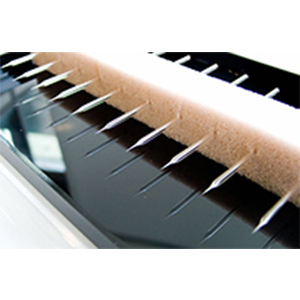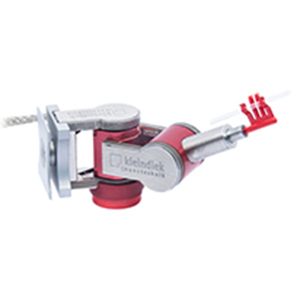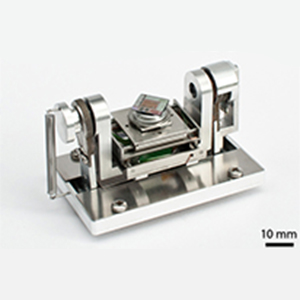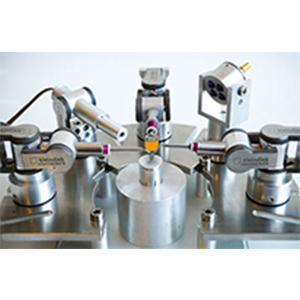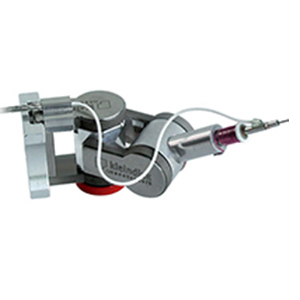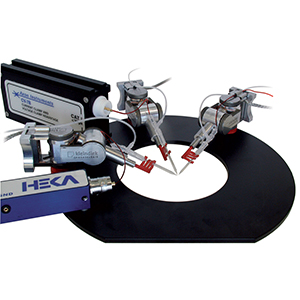High-precision metal cutting is increasingly relevant in advanced applications. Such precision normally requires a cutting feed in the micron or even sub-micron dimension scale, which raises questions about applicability of concepts developed in industrial scale machining. To address this challenge, we have developed a device to perform linear cutting with force measurement in the vacuum chamber of an electron microscope, which has been utilised to study the cutting process down to 200 nm of the feed and the tool tip radius. The machining experiments carried out in-operando in SEM have shown that the main classical deformation zones of metal cutting: primary, secondary and tertiary shear zones—were preserved even at sub-micron feeds. In-operando observations and subsequent structural analysis in FIB/SEM revealed a number of microstructural peculiarities, such as: a substantial increase of the cutting force related to the development of the primary shear zone; dependence of the ternary shear zone thickness on the underlaying grain crystal orientation. Measurement of the cutting forces at deep sub-micron feeds and cutting tool apex radii has been exploited to discriminate different sources for the size effect on the cutting energy (dependence of the energy on the feed and tool radius). It was observed that typical industrial values of feed and tool radius imposes a size effect determined primarily by geometrical factors, while in a sub-micrometre feed range the contribution of the strain hardening in the primary share zone becomes relevant.


